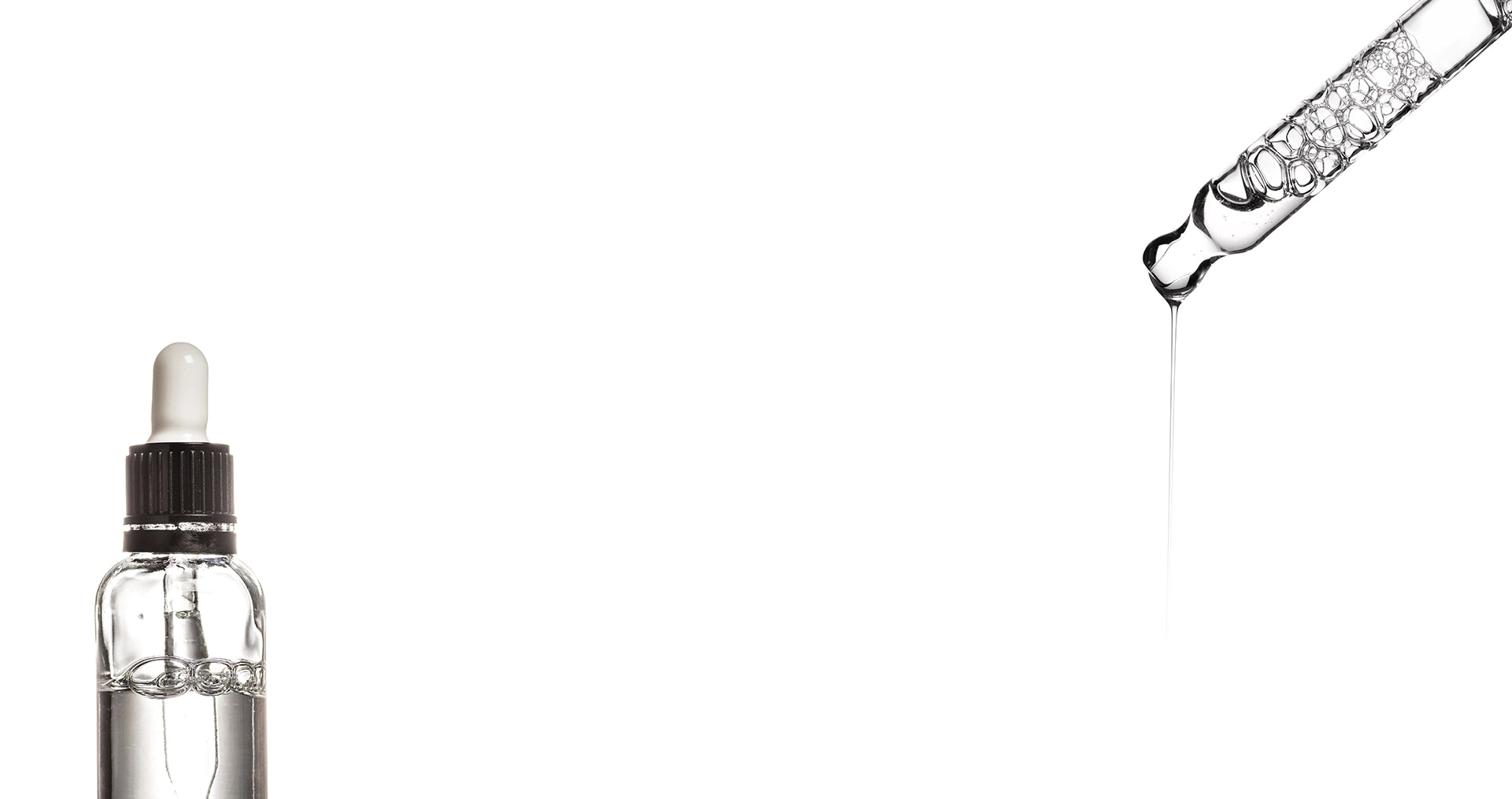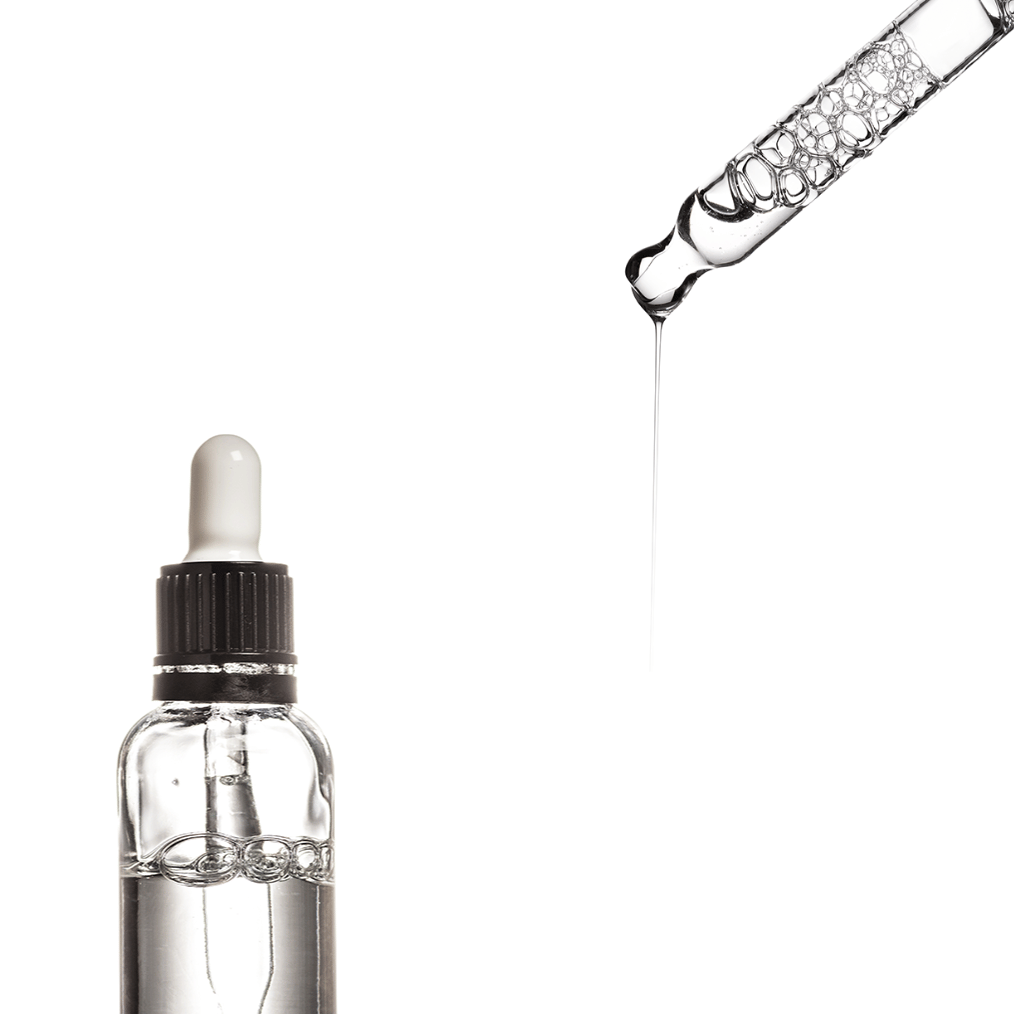

Spend $55.00 to Get Free USA Shipping



Picture this: It's 1884, and German biochemist Johann L.W. Thudichum is peering into his microscope, probably sporting a magnificent handlebar mustache. Little did he know that his discovery of ceramides would revolutionize the skincare world over a century later. Talk about being ahead of the curve!
Fast forward to the swinging 60s and 70s. While the world was grooving to disco beats, scientists were busy unraveling the mysteries of our skin's structure. It was around this time that they discovered that ceramides weren't just hanging out in our bodies for fun – these lipid molecules were the unsung heroes of our skin barrier, keeping moisture locked in tighter than bell-bottom jeans.
Still, we had to wait until the 1990s for the beauty industry to finally have its ceramides "Eureka!" moment. Researchers realized that ceramides just might be the secret sauce for achieving that coveted dewy, plump skin we all dream about. And just like that, ceramides became the cool kids on the skincare block, popping up in moisturizers, serums, and even hair care products. It was like finding the holy grail of hydration!
Given the marketing and the flood of ceramide-packed moisturizers, you could be forgiven for thinking that moisture is the only application for these little lipids. But, actually, these versatile molecules have been making waves in other fields too. In medicine, ceramides have shown promise in treating certain skin conditions like eczema and psoriasis. They're like the superhero sidekicks to traditional treatments, swooping in to strengthen the skin barrier and reduce inflammation.
But wait, there's more! Ceramides have also caught the eye of the food industry. Some studies suggest that dietary ceramides might support skin health from the inside out. It's like feeding your face from your plate – talk about multitasking!
As we rolled into the 21st century, the ceramide craze hit fever pitch. Beauty brands started formulating products with different types of ceramides, each with its own superpower. From improving skin elasticity to fighting the signs of aging, these lipid wonders were doing it all. It was like assembling the Avengers of skincare!
Today, ceramides are a staple in the skincare routines of beauty enthusiasts and dermatologists alike. They've gone from being a scientific curiosity to a must-have ingredient faster than you can say "moisture barrier." Whether you're battling dry skin, fighting fine lines, or just want to give your complexion a little extra love, chances are there's a ceramide-infused product out there with your name on it.
As we dive deeper into the science of ceramides in the next section, get ready to geek out over some mind-blowing research. We'll explore how these tiny lipid molecules work their magic at a cellular level, and why they might just be the secret to achieving that enviable "glazed donut" skin. So, grab your lab coats (or your favorite face mask), and let's get ready to science!
The emergence of ceramides as a powerhouse ingredient in the world of skincare is well backed by a growing body of scientific research. As we mentioned above, these complex lipid molecules play a crucial role in maintaining skin health and function, making them a valuable addition to cosmetic formulations.
At the molecular level, ceramides are sphingolipids composed of sphingosine bases in amide linkages with fatty acids. Research has identified nine major classes of free ceramides (Cer 1-9) and two major protein-bound ceramides (Cer A, Cer B) that are covalently bonded to corneocyte protein envelopes (Draelos et al. 2020), and it’s precisely this diversity in ceramide structures that contributes to their versatility in skincare applications.
The importance of ceramides in skin barrier function cannot be overstated. They constitute over 50% of the skin's natural lipids, acting as the "mortar" between skin cell "bricks" to create a waterproof barrier (Draelos 2008). This barrier is crucial for maintaining skin hydration and protecting against external irritants. Ceramides, along with cholesterol and free fatty acids, form dense lamellar structures between adjacent corneocytes in the stratum corneum, the outermost layer of the skin (Schild et al. 2024).
As we age, our skin's natural ceramide levels begin to decline, a process that can start as early as our 20s but that becomes more significant with age and season, with spring and summer seeing larger ceramide declines (Schild et al. 2024). This decrease contributes to drier, more sensitive skin and the appearance of fine lines, highlighting the importance of ceramide supplementation in skincare routines.
The efficacy of ceramide-containing products in improving skin hydration and barrier function has been demonstrated in several studies. One investigation showed that ceramide-containing products could increase skin hydration by up to 30.6% compared to controls (Draelos et al. 2020).
The ceramide-containing moisturizing cream used in the study not only increased skin hydration but also demonstrated an immediate and sustained reduction in visible signs of dry skin and subject-perceived sensory discomfort (Draelos et al. 2020).
Interestingly, the benefits of ceramides extend beyond basic moisturization. A study comparing skin barrier function in 65 males revealed elevated transepidermal water loss (TEWL) and lower conductance in mild-moderate acne patients compared to healthy males, indicating impaired water barrier function related to decreased skin ceramides (Schachner et al. 2023). This finding suggests that ceramide supplementation could be beneficial in managing acne-prone skin.
Recent research has also explored the potential of ceramides in combination with other active ingredients. A split-face, double-blinded, randomized controlled trial investigated the efficacy of a ceramide and niacinamide-containing moisturizer (CCM) versus a hydrophilic cream when used alongside topical anti-acne treatments. The study found that CCM significantly improved non-inflammatory, inflammatory, and total acne lesions compared to the hydrophilic cream after 8 weeks of treatment (Tempark et al. 2024), suggesting that ceramides can enhance the efficacy of acne treatments while potentially mitigating irritation associated with topical medications.
The cosmetic industry has embraced ceramide technology, with many products now featuring plant-derived ceramides. These and other synthetic versions, known as phyto-ceramides and pseudo-ceramides, are designed to mimic the structure and function of our skin's natural ceramides, ensuring compatibility and effectiveness (Fuji 2021). These innovations have made it possible to deliver these beneficial lipids in a variety of skincare formulations.
In conclusion, the scientific evidence supporting the use of ceramides in skincare is robust and growing. From improving skin hydration and barrier function to enhancing the efficacy of other skincare treatments, ceramides have proven to be a versatile and effective ingredient in the quest for healthy, resilient skin.
So now that we’re done with the science, let’s take a quick look at some of the exciting specific applications of ceramides and how they can level up your skincare game!

💧 Ceramides act like a moisture magnet, helping your skin retain water and stay hydrated. Studies have shown that ceramide-containing products can significantly increase skin hydration, giving you that coveted dewy look.
💧 Ceramides can actually help manage acne-prone skin. By strengthening the skin barrier, they may calm inflammation and improve the effectiveness of other acne treatments.
💧 As we age, our natural ceramide levels decrease, leading to drier skin and more visible fine lines. Ceramide-rich products can help replenish these lost lipids, potentially reducing the appearance of wrinkles and keeping skin looking youthful.
💧 For those with sensitive or irritated skin, ceramides can be a game-changer. They help reinforce the skin’s protective barrier, potentially reducing redness, itching, and reactivity to environmental stressors.
💧 When the cold weather hits and your skin feels like the Sahara, ceramides come to the rescue. They help repair and protect the skin barrier, which can take a beating from harsh winter conditions, keeping your skin soft and supple all season long.
Revitalize dry, tired skin with our luxuriously rich day and night cream. Powered by chlorella, tremella mushroom, tamanu seed and hibiscus, these adaptogenic botanicals and micro-algae provide all-day hydration while keeping flare ups at bay. With 7 potent actives, it goes beyond hydration to brighten, firm, and maintain moisture levels, helping to calm the skin and prevent future flares. (1.7 fl. oz)
1. Insights into acne and the skin barrier: Optimizing treatment regimens with ceramide-containing skincare
2. The role of ceramides in skin barrier function and the importance of their correct formulation for skincare applications
3. The effects of ceramide-containing skincare products on eczema resolution duration
4. Recent advances on topical application of ceramide to restore barrier function of skin
5. The effect of a ceramide-containing product on stratum corneum lipid levels in dry legs.
6. Efficacy of ceramides and niacinamide-containing moisturizer versus hydrophilic cream in combination with topical anti-acne treatment in mild to moderate acne vulgaris: A split face, double-blinded, randomized controlled trial.
7. The Pathogenic and Therapeutic Implications of Ceramide Abnormalities in Atopic Dermatitis